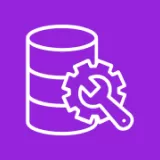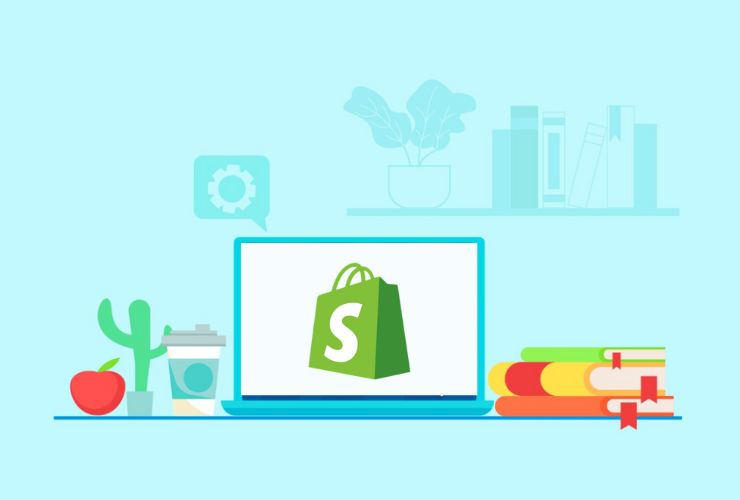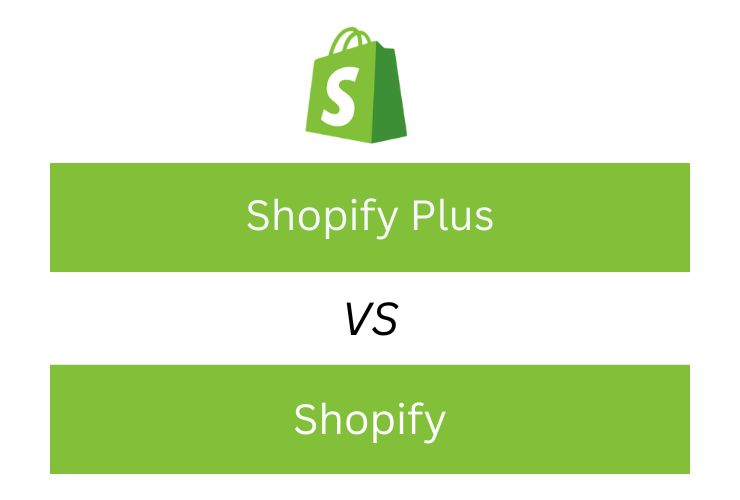It’s easy to have a lovely Shopify store—it’s another thing if customers can’t find you via search engines. If you can’t be seen, then you’re missing out on precious traffic and revenue. Luckily, Shopify does offer SEO functionality in its product, and with good strategies, you can rank higher in search and gain more organic traffic.
In this article, we’re going to break down actionable SEO advice for Shopify stores specifically to rank you higher on Google, drive more traffic, and turn more visitors.
1. Optimize Your Page Titles and Meta Descriptions
Your page titles and meta descriptions are what searchers see in search engine results. Make them short, keyword-packed, and compelling.
Tips:
- Insert main keywords at the start of titles
- Utilize titles with fewer than 60 characters
- Make distinct meta descriptions per page (under 155 characters)
- Utilize action verbs such as “Buy,” “Explore,” or “Shop”
Example: “Organic Cotton T-Shirts | Eco-Friendly Apparel – Shop Now”
2. Utilize Clean and SEO-Friendly URLs
It is possible in Shopify to make URL changes—ensure they are brief, readable, and keyword-saturated.
Avoid: www.store.com/products/12345-item-name
Choose: www.store.com/products/organic-cotton-shirt
Also, omit stop words such as “and,” “the,” or “with” where unnecessary.
3. Enrichen Product Descriptions with Keywords
Your product pages should do more than tell the product about itself—also enable you to rank for search.
Tips:
- Naturally use target keywords (don’t be spammy)
- Emphasize product benefits and features
- Add associated secondary keywords and synonyms
- Make it scannable using bullet points
Pro Tip: Discover what users search for using tools such as Ubersuggest or Google Keyword Planner.
4. Optimize Images for SEO
Search engines are unable to “see” images, so having them correctly optimized is essential.
How to Do It
- Use descriptive, keyword-rich file names (e.g., organic-cotton-tshirt.jpg)
- Add relevant alt text to all images
- Optimize images to improve site speed
Bonus: Image SEO also works to your advantage in Google Image Search.
5. Create Internal Links
Interlinking between the relevant pages in your Shopify store assists in the distribution of link authority and improve crawlability.
Examples:
- Interlink blog posts to relevant products
- Create “Related Products” sections on product pages
Create a “Best Sellers” or “Shop by Category” page
6. Optimize Site Speed
Site speed is a validated ranking signal. A slow store damages SEO and user experience.
How to Speed Up Your Store:
- Compress large image files
- Steer clear of heavy apps and scripts
- Choose a fast-loading Shopify theme
- Make use of Shopify’s built-in pixel-tracking capabilities to track load times
7. Ping Your Sitemap to Google Search Console
Shopify creates an XML sitemap automatically. Ping it to Google and your pages will be crawled and indexed rapidly.
Steps:
- Visit Google Search Console
- Add your site
- Navigate to “Sitemaps” and submit: https://yourdomain.com/sitemap.xml
8. Take advantage of Content Marketing and Blogging
Writing helpful blog posts on long-tail keywords can attract long-term organic traffic.
Content Ideas:
- Buying guides for products
- How-to guides
- Trends in industries
- Stories about brands
Blogging not only enhances SEO—it establishes trust and authority in your niche.
9. Utilize Structured Data (Schema Markup)
Structured data assists in making search engines understand your pages better and provide rich results (like product prices or star ratings) in search.
Tools like Shopify’s JSON-LD for SEO or Smart SEO enable you to achieve schema markup without writing code.
10. Earn Backlinks to Build Authority
Quality site backlinks inform Google that your content is reliable.
How one Earns Backlinks:
- Obtain bloggers’ product reviews
- Get listed in gift guides or roundups
- Get linked to by infographics or original material others would want to link back to
Conclusion
SEO is a never-ending game, but by working hard continuously and employing the right tools, your Shopify store can rise up the ranks of the search engines. Begin with the essentials of optimization—titles, descriptions, URLs, and page speed—and gradually apply sophisticated methods such as content marketing and structured data.
Improved rankings mean increased traffic, more visitors, and more sales without paying for advertising.














